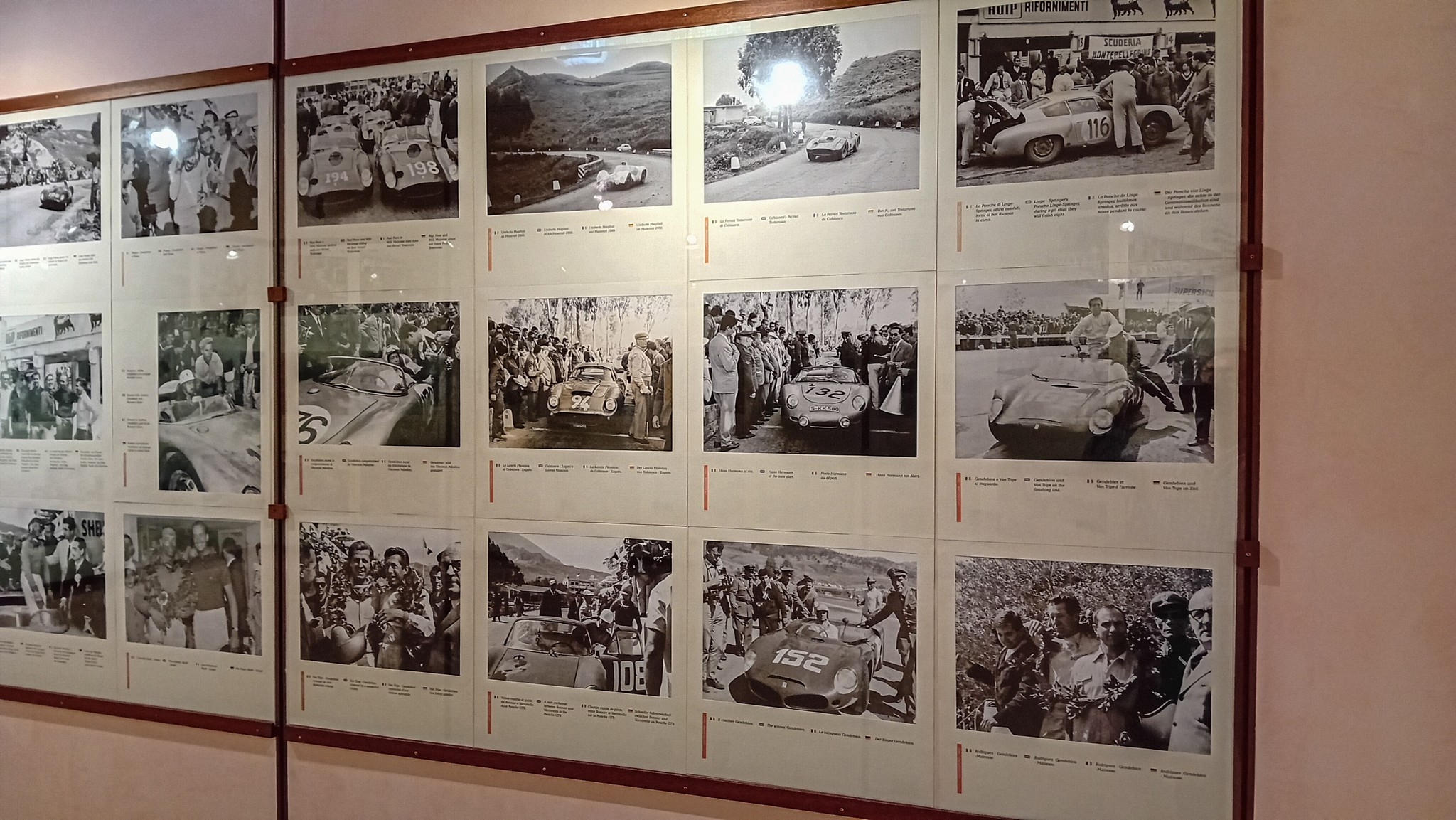Images by: Glen Smale & Corporate Archives Porsche AG
The Parco delle Madonie (Madonie Regional Natural Park) lies in the northern central region of Sicily, located in the rugged and beautiful Madonie mountain range. At its heart is the small town of Collesano, which lies at an altitude of 468 metres. Why is this important? Well, tucked away in the mountain town of Collesano, is the home of the Museo della Targa Florio di Collesano, the official museum dedicated to the history and heritage of the famous Targa Florio road race.




